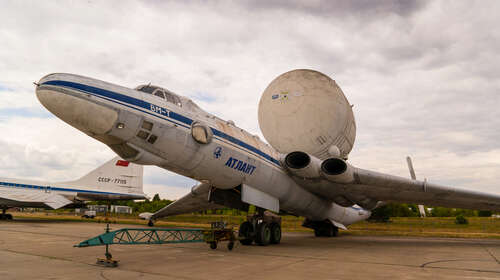
A key weapon that the Soviet Union wanted in its arsenal during the Cold War was a rather obvious one: A bomber that had the range to threaten the United States and a payload to dispense considerable damage upon arrival. In the early 1950s, work on such a long-range strategic bomber began under Vladimir Mikhailovich Myasishchev.
In 1954, the M-4’s development officially began. It was a bomber manufactured in limited quantity. Just 34 of the original model, the Bison-A, were built, and it was potent. Its range could reach 9,000 miles when refueled en route, and it boasted four Mikulin AM-3A turbojets. In terms of its weaponry, it included anything from FAB-100 GPs to FAB-9000s, the latter of which weighed almost 10 tons each. Lined with AM-23 23mms cannons, it was also ready to defend itself from attacks from other aircraft.
Another variant included the Bison-B, known as the 3M, which emerged near the end of the decade. It boasted more efficient Dobrynin VD-7B engines and reduced weight. Other concepts, such as a cargo transport variant dubbed the M-29, did not become reality, but the upgraded Bison-B would become much more than just an improved take on a bomber. It would become a transport after all, but for rocket parts.

